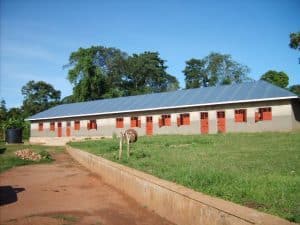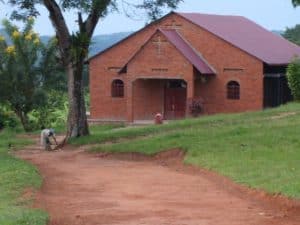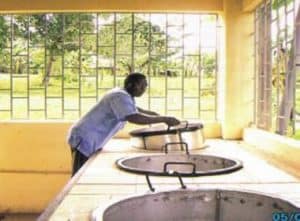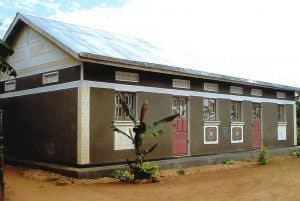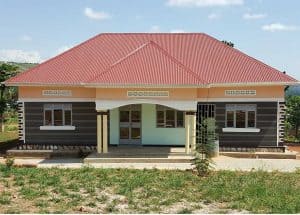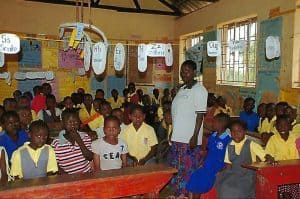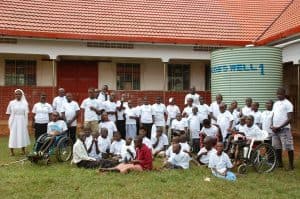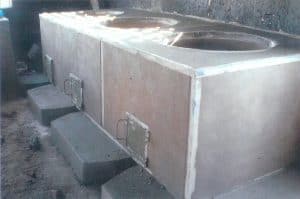Project Cornerstones: Water, Food, Healthcare and Education
We have planned and executed volunteer projects in both Kayenje and Nkokonjeru, Uganda. Please see below to learn about our current project, as well as learn about some of our past projects. If you would like to make a donation to our cause, please visit our donation page.
While we’ve had many successes in Kayenje, we believe the most impactful are around education. Not only are we attracting more qualified teachers, but we receive numerous applications to choose from. Additionally:
- We recruited a new headmaster who is experienced and energetic about improving the school.
- There is now an active and involved PTA at the school.
- There are now 20 students who are boarders. The parents of those children pay for them to live at the school, which provides a better education than their local school.
- There are new houses popping up around the school. Just as in the U.S., families will move to the best school districts to ensure a quality education for their children.
- One of our biggest success' is that the school's standardized test scores used to be very low at #56 out of 60 schools in the district, they are now #6!
New Heath Clinic!
We are so happy to announce the opening of the Margaret Birungi Community Health Clinic in Kayenje! Named after Father Lawrence's niece that was a favorite of our volunteers every year when we visited. However, she suddenly died a few years ago from "a fever" due to no available health care, at the age of 12. Additionally, we are so blessed to have also been granted solar energy for the clinic thanks to the Shacter Family Foundation!
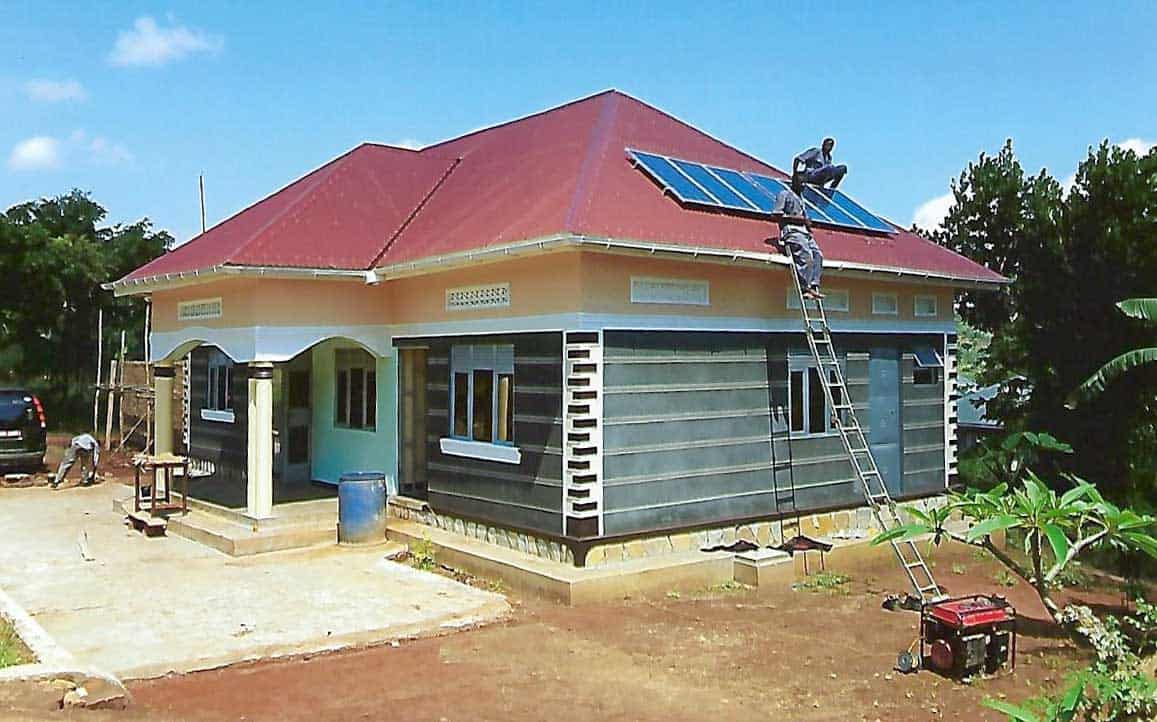
Kayenje, Uganda
In Uganda, a typical village consists of a common school and church surrounded by sparsely located houses, which can be up to 15 miles apart. The village of Kayenje is located nearly two hours outside the capital of Kampala, the last part which is traveled on a narrow dirt road. Located in a plush, steep, mountainous area, Kayenje is located far beyond the last power lines and running water. Before Bright Eyes Uganda arrived, Kayenje children had to walk up to four miles round trip to collect water from the village’s only water source: a contaminated stream. Because water was needed for drinking, cooking, and cleaning, as well as for animals and gardening, village children would have to make this trek up and down the mountain at least three times each day.
A New School Kitchen
26 New Water Tanks
Two New Ground Wells
A New Teacher’s Home
New School Latrine
A New Clinic
A Charging Station
Nkokonjeru, Uganda
During an unplanned stop in Nnkokonjeru, a remote village on the way to the Nile River, we happened upon an orphanage described as “the place for children nobody wants.” This orphanage not only serves disabled children, it’s also a home for the destitute elderly and a vocational school. The nuns of the Little Sisters of St. Francis run this orphanage like a true home and all residents are loved and well cared for. They learn trades, such as shoe-making, sewing and run a local bakery, a big help to them on their path to self-sufficiency.
